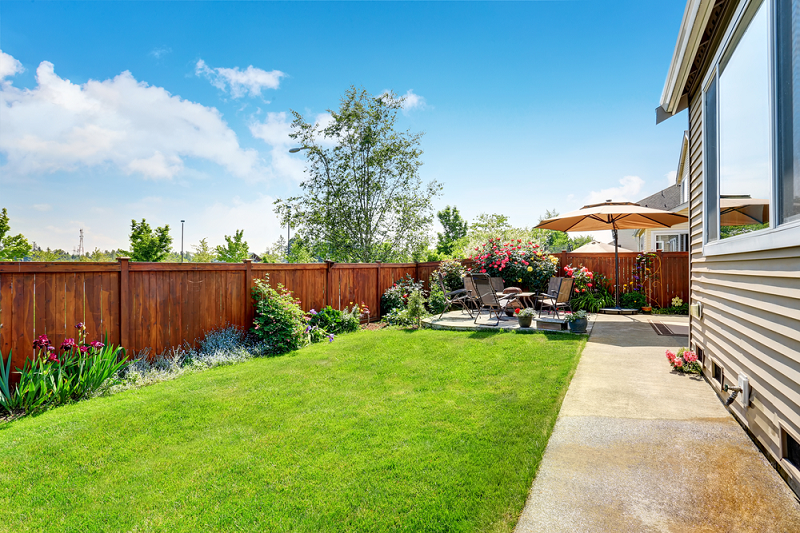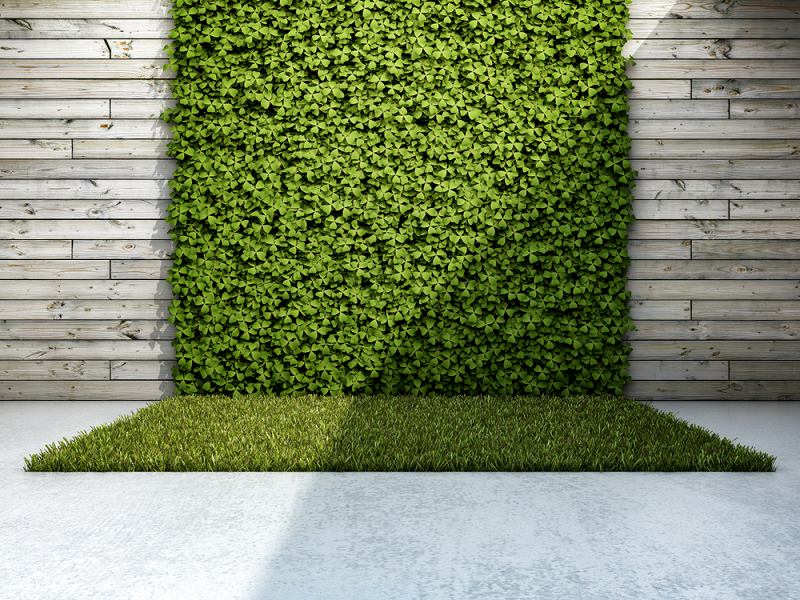It’s always a joy to look at a garden, but very few people understand the amount of work that had to go into its care. Keeping your garden healthy in every season entails knowing how to care for the plants, the conditions they grow in and the seasons.
Why Do Plants Attract Bugs?
There are so many reasons why your plants may be attracting bugs and diseases, but the salient fact here is that plants are no different from humans. When they are exposed to unfavorable conditions or neglected for too long, they start to decline and attract bugs and diseases.
 |
| 10 Ways To Keep Your Garden Healthy |
If a plant is placed in an unfavorable location or is starved of food or adequate water and air, its demise is certain.
When it comes to disease prevention in plants, we need to talk about the disease triangle first. Diseases happen when three things are in sync with one another. A plant that can get sick (which is the host), a pathogen like a fungus or a virus that can attack the host and the conditions of the environment (humidity) that promotes the disease
This article will be looking at how to prevent your plants from attracting bugs and diseases by keeping your garden healthy.
1. Fully Composted Yard Waste
When using a compost pile, keep in mind that not all materials in a compost pile decompose at the same rate. Some might degrade fast enough to be used in the garden while others might take longer. The benefit of thoroughly composting your yard waste is to generate high temperatures at an extended length which are needed for killing pathogens. You should not re-introduce plant debris into your garden unless they have gone through this process. Failing to do this means you will have potential diseases and pathogens introduced into your garden. Not every compost pile should be used especially around sensitive plants.
2. Examine Plants Well
The easiest way to keep your garden healthy and disease-free are by not introducing it in the first place. It is common knowledge that a lot of garden owners don’t know what to look out for in a healthy plant making it difficult to sieve the plant with a good root from the one with a bad root.
Plants with dead spots or insects should be avoided at all cost to avoid having them spread to your healthy plants which could be difficult to get rid of once it’s done.
The top of the plant is not the only place to check for when searching for plants that are free of bugs and diseases. The root quality is equally important.
One way of differentiating a plant with good root from one with a bad root is by inspecting it. Place your hand on the soil surface with the stem in between your fingers. The next step involves inverting the pot so you can shake the plant loose. Check to see if the roots are firm, white and spaced all over the root-ball. Plants with dark or mushy roots are not good for your garden. They should be avoided.
 |
| Garden |
3. Monitor the Bugs
Check your plants for insect damages as these openings can allow as opening for viruses and bacteria. Some insects cause damage to your plants and also serve as transportation for viruses moving them from one plant to another.
One insect that does this well is Aphid which carries common viruses from one plant to another, and it has become a serious problem for commercial producers over the years.
4. Clean-Up in Fall
It is always a great idea to clean your garden during fall even for those with moderate weather conditions in their areas.
This is effective in stopping diseases as well as to control the diseases already present in the garden. When diseases are allowed to spread, they can stay on dead leaves during winter and spring forth in spring. Two types of diseases that can be reduced if cleared quickly are Iris leaf spot and black spot on roses.
One of the best tools to help you clean up is a good leaf mulcher such as the LE-900, but you can check out these different leaf mulchers.
5. Use the Right Fertilizer
Using the right fertilizer for your plants is important at all times. Also, adequate care should also be put into consideration when applying fertilizers. Using too much fertilizer on your plants could lead to burning roots which affect a plant’s ability to absorb water.
Once a plant is starved of water or air, it becomes susceptible to stress and heat which makes the plant smaller and leaves it with leaf spots. Getting too little nutrients will open a plant to diseases. An overabundance of the nutrient also could put a strain on the plant leaving it susceptible to diseases.
6. Prune Damaged Limbs Early
It is better to trim your shrubs early than to wait until spring, as wounded limbs can become infected over time, making the plants dormant as well as spreading to other plants in your garden. You should trim trees and damaged shrubs. Pruning wounded limbs early helps prevent diseases, and it also spurs plants to new growth. It is recommended you use sharp tools to make clean cuts so that the limbs can heal and grow back again.
 |
| Garden |
7. Plant Disease Resistant Plants
When you’re starting a garden, you should look into planting a variety of plants especially disease-resistant plants which can fight off diseases before succumbing to it. A couple of rose plants are resistant to powdery mildew and black spot which prevents the incidence of these diseases from spreading in your garden.
Finding flowers that are disease resistant is rare, but they are available in the market. Fellow gardeners or employees of flower companies can help you identify the most resistant variety of plant in any category that you need. Another great place to look is in garden catalogs and reference books.
8. Use Plants Appropriately
You need to choose site pants appropriately and use them in the right zone and site. Some plants are meant to be shaded not to be exposed to the sun. Plants have defense mechanisms that protect them from attack or diseases. But the immune system is useless if they are placed in areas that make it difficult for them to fend off or recover from an attack.
9. Water Properly
Watering your garden regularly is a plus, but you need to do it properly as diseases need water just as much as plants. Some leaf problems grow when the leaves are wet so watering the garden must be done properly. To limit the growth of pathogens and diseases, use watering methods that reduce the amount of moisture on the plant’s foliage.
 |
| Garden |
10. Crowd Plants
The problem with crowding plants is that they are deprived of needed air and water. They often create humidity which can bread plant diseases like powdery mildew. When you space your plants out, there is improved airflow which reduces the amount of moisture that can be created. This also helps to dry out the foliage quickly.
Keeping a garden healthy can be difficult if you don’t have the right information. Plants should be treated with care and water properly to help strengthen them and keep them away from diseases. At the end of the day, you will be super excited at the results of your garden if you keep it healthy and bug-free.
